The government provides numerous tax benefits to encourage people to invest in various schemes. However, to ensure a steady revenue flow for funding development projects and improving public services, the Finance Act of 1996 introduced the Minimum Alternative Tax (MAT). It enables the government to collect a minimum tax from companies or corporate taxpayers who claim deductions. Similarly, the Finance Act of 2011 introduced Alternative Minimum Tax (AMT) for non-corporate taxpayers.
This blog will explore alternative minimum tax, its meaning, applicability, calculation and exemptions.
What is Alternative Minimum Tax?
Alternative Minimum Tax India is an alternative taxation system in which the government levies an alternative tax on zero-tax or marginal-tax companies. This system was introduced with the primary intention of introducing deductions. The government introduced AMT to balance offering tax deductions and collecting minimal taxes. The aim is to ensure people pay a fair tax and promote investments.
Alternative Minimum Tax (AMT) applies to non-corporate taxpayers and is calculated at 18.5% of their adjusted total income, plus surcharge and cess. If a non-corporate taxpayer has a unit in an International Financial Services Centre (IFSC) and earns income through foreign exchange conversion, the AMT is 9%.
AMT is a tax based on the total income earned in a financial year, with certain adjustments made. The tax rate for AMT is higher than the rate for normal income tax. Therefore, individuals to whom AMT provisions apply must pay the AMT tax regardless of the normal tax.
Starting from the Assessment Year 2023-24, the AMT rate for co-operative societies has been reduced from 18.5% to 15%.
Applicability of Alternative Minimum Tax
The concept of minimum taxation was introduced for companies in the Finance Act. Later, this concept was extended to include non-corporate entities in the 2011 and 2012 amendments. According to the Income Tax Act’s Section 115JC, the following taxpayers are covered:
- Non-corporate taxpayers
- Individuals, Hindu Undivided Families (HUFs), Bodies of Individuals, and Associations of Persons (only if their total adjusted income is more than Rs. 20 lakhs annually)
However, these taxpayers are liable to pay AMT only if they claim deductions under the following categories:
- Deductions under the Income Tax Act’s Chapter VI A, including Sections 80H to 80RRB. Taxpayers claiming deductions under Section 80P related to cooperative societies are exempt from AMT.
- Under Section 35D of the Income Tax Act, Deductions allow 100% deductions on the depreciation of capital assets used in specific businesses, such as cold storage facilities and fertiliser manufacturing.
- Under section 10AA, special economic zone (SEZ) units have a 50% to 100% deduction.
Alternative Minimum Tax Exemptions
AMT provisions do not apply to the following taxpayers if their total annual income is less than Rs. 20 lakh:
- Individual taxpayers
- Body of Individuals (BOIs)
- Hindu Undivided Families (HUFs)
- Artificial Juridical Persons
- Association of Persons (AOPs)
Thus, based on the adjusted income threshold, AMT does not apply to LLPs, partnership firms and other non-corporate taxpayers.
Calculation of Adjusted Total Income
Adjusted total income and AMT is calculated by:
| Particulars | Amount (Rs.) |
|---|---|
| Taxable Income (A) | XXXXX |
| Deduction under Chapter VI-A from 80H to 80RRB, except section 80P (B) | XXXXX |
| Deduction claimed under section 35AD (C) | XXXXX |
| Deduction claimed under section 10AA (D) | XXXXX |
| Total Adjusted Income = A+B+C+D | XXXXX |
| AMT = 18.5% of (E) | XXXXX |
Calculation of Tax Liability when AMT is Applicable
The calculation under the AMT provisions is as follows:
| Particulars | Amount (Rs.) |
|---|---|
| Standard tax liability as calculated under the IT Act | XXXX |
| Alternative Minimum Tax (at 18.5%) | XXXX |
| Tax liability under AMT | XXXX |
AMT Credit
The Alternative Minimum Tax was introduced to ensure companies that take advantage of benefits and deductions do not pay negligible or non-taxes, as this would adversely affect the nation’s treasury. In a financial year, taxpayers must pay the minimum tax amount if the applicable tax rates are lower than the AMT. However, in subsequent years, when the AMT is lower than the usual taxes, individuals can use the excess AMT paid earlier as an AMT credit. This credit can reduce the tax liability according to the regular rates and is calculated as the difference between the normal tax rate and AMT.
Taxpayers may use AMT credits for up to 15 consecutive financial years, starting when the AMT was paid. However, this credit amount will expire at the end of 15 years, and no interest will be paid.
For example, Suppose Ajay is subject to the Alternative Minimum Tax (AMT) provisions. In the fiscal year 2020-21, his tax liability is Rs. 12,00,000 under normal rates, but it amounts to Rs. 14,00,000 under AMT. Therefore, he must pay taxes under AMT as his liability under normal rates is lower.
In the fiscal year 2022, his tax liability under normal rates is Rs. 16,00,000, but under AMT, it is Rs. 15,00,000. This year, he will pay taxes at the normal rate. Since he paid AMT the previous year, he has an AMT credit of Rs. 2,00,000 (Rs. 14,00,000 – Rs. 12,00,000).
Ajay can use this AMT credit to not exceed the difference between the normal rate and AMT in FY 2022, which is Rs. 1,00,000 (Rs. 16,00,000—Rs. 15,00,000). The remaining credit can be carried forward to the coming years.
Requirements to Report AMT
Taxpayers subject to AMT must follow specific guidelines under Section 115JC of the Income Tax Act. They need to provide a report from a Chartered Accountant to authenticate their calculations. This process requires completing Form 29C.
Submitting Form 29C along with their ITR through the electronic filing (e-filing) portal is a convenient option for taxpayers. This streamlined process ensures compliance with the AMT provisions outlined in the Income Tax Act and helps with efficient tax reporting and filing procedures for taxpayers and authorities.
Eligibility to Claim AMT Credit
To be eligible for claiming the AMT credit, the following conditions must be met:
- The credit can offset the tax liability for up to 15 assessment years.
- No interest is allowed to be charged on the credit.
- As per Section 115JD, the tax credit may vary if the amount of normal income tax or AMT changes due to any order passed under the Income Tax Act.
- The taxpayer can use the carried-forward AMT credit in the year when the total normal adjusted income is not more than Rs. 20 lakhs after claiming deductions under Section 10AA, Section 35 AD or Chapter VI-A.
Tax Liability Applicable for AMT
When the Alternative Minimum Tax (AMT) is applicable under Section 115JC of the Income Tax Act, the tax liability will be higher of the two options listed below:
- Tax liability is calculated using the regular slab rates, which consider all available deductions and relaxations under various chapters of the Income Tax Act.
- Tax liability is calculated using the AMT rate of 18.5% applied to the adjusted total income.
Frequently Asked Questions
Who is the AMT applicable to?
AMT provisions apply to non-corporate taxpayers with income under 'Profits or Gains of Business or Profession'. AMT is applicable when the normal tax payable is lower than AMT in any FY.
Is AMT applicable to firms?
It is applicable to all Assesses except Companies (So AMT is applicable to Individuals, Partnership Firms, AOPs, BOIs, and Trusts), but it is applicable only if a person has claimed deduction under section 80-IA to 80-RRB or under section 10AA or 35AD.
Is AMT applicable to salaried employees?
AMT applies to Individuals, HUFs, and AOPs with Adjusted Total Income below Rs. 20 Lakhs.
What is the limit of AMT in income tax?
The Alternative Minimum Tax applies to AOPs, BOIs, Individuals, HUFs, and Artificial Judicial Persons whose total adjusted income exceeds Rs. 20,00,000. Others are exempt from any income limit.
What is AMT credit?
AMT is applied when the standard tax rate is lower than AMT. If AMT becomes lower in a later year, the taxpayer can carry forward and reduce it against normal tax. Any remaining balance can be carried forward for up to 15 years, known as AMT credit.
What is the difference between Alternative Minimum Tax (AMT) and Minimum Alternate Tax (MAT)?
The government introduced Minimum Alternative Tax (MAT) for corporate taxpayers to collect taxes from zero-tax companies. An Alternative Minimum Tax (MAT) is an extension of MAT and applies to non-corporate taxpayers. Both taxes serve the same purpose but have different rules, calculations, and deductions.
What is the meaning of the Body of Individuals?
When two or more individuals come together and earn an income collectively, they can form a Body of Individuals (BOI). The group should only consist of individuals who intend to establish a BOI.
What is the meaning of surcharge and cess?
Cess and surcharge are different taxes. Cess is used to fund specific public needs and is calculated based on the total tax and surcharge amount. A surcharge is an additional tax levied on high-income taxpayers based on tax liability.

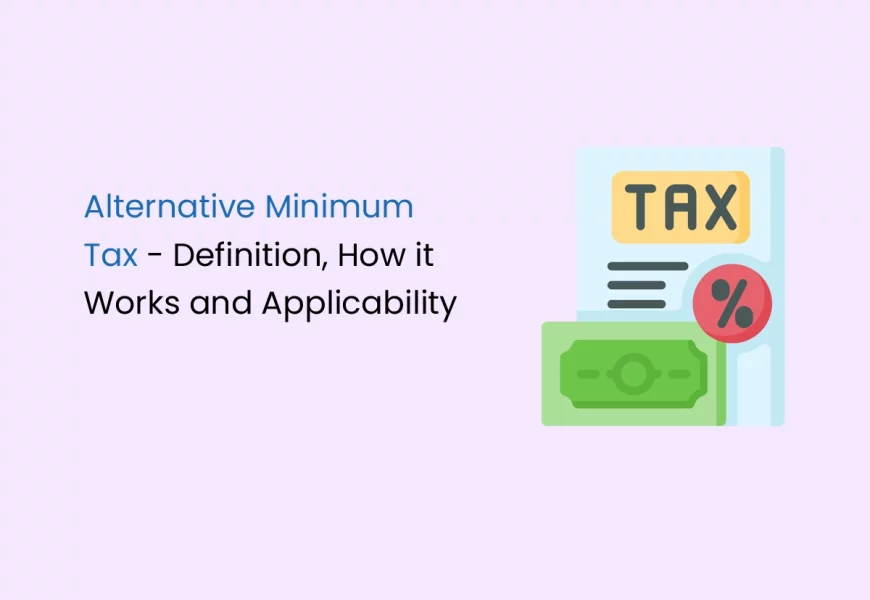

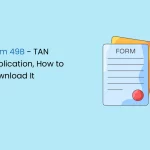

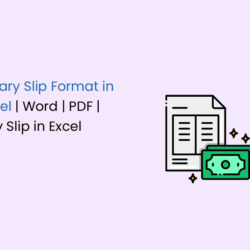


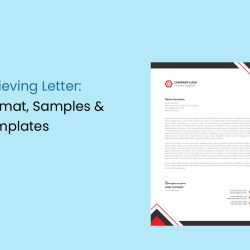

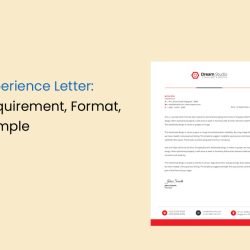
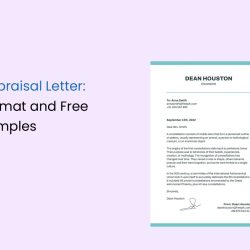
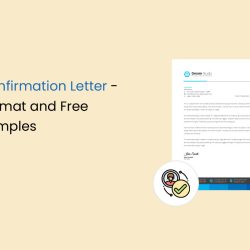

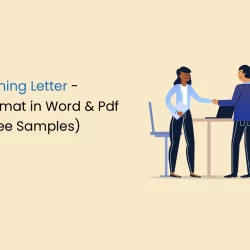







Generally I do not read article on blogs, but I wish to say that this write-up very pressured
me to try and do it! Your writing taste has been surprised me.
Thanks, quite nice article.